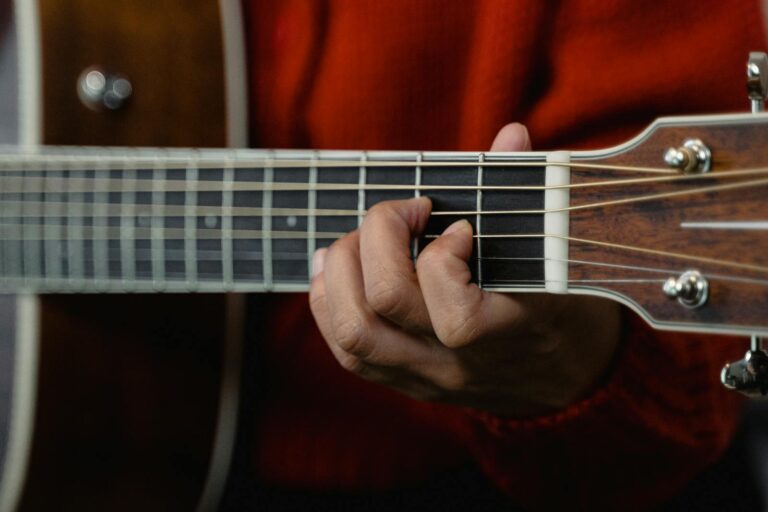Climbing A “Mountain”
Liège, with a population of around 800,000, including the surrounding areas, has more than just the new train station worth seeing. One of the places that any tourist must visit, mainly for taking photos, is called “
In fact, this is not a mountain but a long staircase of 374 steps paved with tiles that connects the new neighborhoods to the old quarter with its narrow, winding streets in the city center.
From above, it feels like standing at the top of a steep slope nestled between the buildings. Perhaps, from there, one can gaze at the city below, the shimmering Meuse River winding its way, the distant hills, and the outskirts of Liège…
In the past, “Mount Bueren” helped establish a quick and direct connection between the barracks and the city center to defend against foreign invasions.
Climbing all the steps of the world’s steepest staircase is indeed exhausting, requiring occasional breaks to catch your breath, clearly not meant for those who don’t exercise much. However, these people can also explore the paths beneath Mount Bueren. There, they will enjoy a gentle and serene atmosphere, possibly exclaiming in delight at hidden treasures such as the ancient gardens of the nobility, for example.
One of our uncles, who has long settled in Liège, took us here to both climb the stairs and stroll around the scenery below… Liège means wick, a type of material used for wine bottle stoppers, which is very light. The locals here play with words, saying that “our city is the lightest in the world.” The view from the foot of Mount Bueren is indeed light, but climbing all 374 steps of it is quite another story!
Our aunt’s husband took us to an open-air market one weekend. That was La Batte market. So lively and colorful, not only with temperate fruits and vegetables like apples, grapes, pears, kohlrabi, and cauliflower… but also with all kinds of goods, from needles and spools of sewing thread to hoes, shovels, and small garden carts. And even old books…
Surely, when you come here, you can’t miss chatting with the friendly vendors, who always greet customers with a smile on their faces. It seems that they come from the rural areas around the city, both selling goods and shopping for necessary items for their families. They look just like the people in the villages along the Mekong Delta: open, approachable, and easy to get along with.
La Batte market is considered the oldest,since it is stablished in 1561—and also the largest in Liège, Belgium, and perhaps in all of Europe. The market is located along the left bank of the Meuse River, which flows lazily through Liège. The Meuse River is 950 kilometers long, originating from a village in France, flowing through many cities in France, Belgium, and the Netherlands, before emptying into the North Sea.
The La Batte flea market does not sell food and beverages, meaning you won’t find any coffee stalls or food stands, which is very different from other markets. Therefore, if you want to sip a cup of coffee or enjoy a piece of cake, you have to wait until you exit this market, which stretches over 3.5 kilometers—walking through it will leave your legs exhausted. It’s definitely not for those who don’t exercise much!




